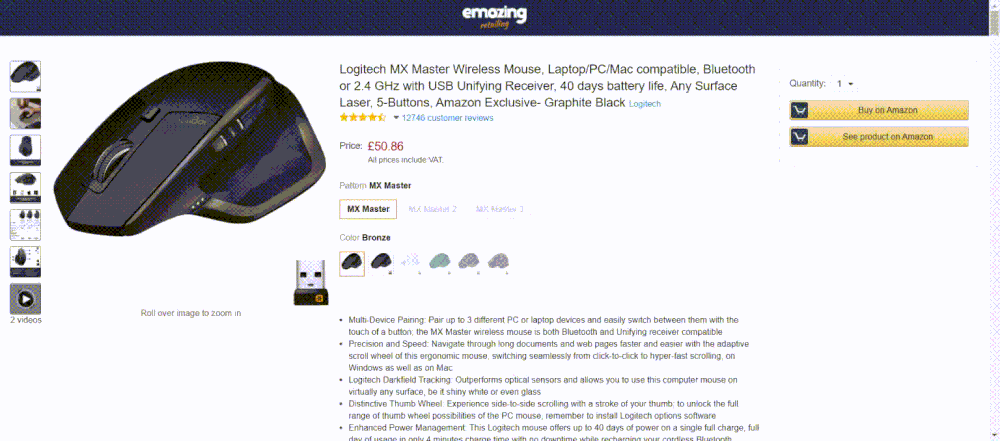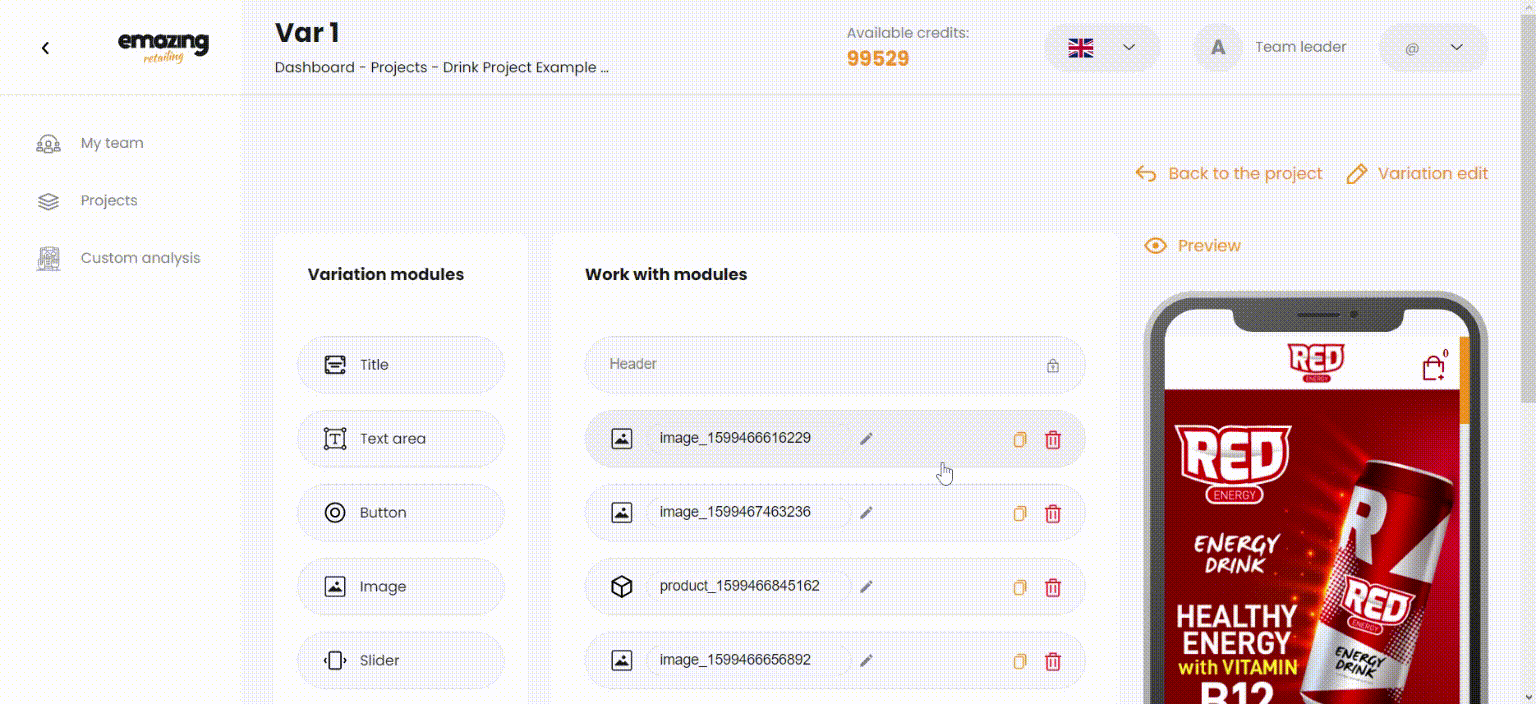What is Behavioural Concept Testing?
Why should I care about behavioural concept testing?
In order to understand how consumers behave when purchasing a product, businesses must conduct research using real-life scenarios. This type of research is known as behavioural concept testing. It involves observing people in natural settings and asking questions about their behaviour.
Behavioural concept test helps companies understand how consumers respond to messages. It helps brands identify which messages resonate with consumers, and which do not.
This information is valuable because it allows marketers to create more effective campaigns and products.
In the rest of this article, we will approach the behavioural concept test as a way to get to more robust outcomes, and what are the main pitfalls to watch out for.
1. False Positive Results
False positives are common in the market research industry. It happens when a company wants to understand how much potential there is for a new product or service. They create a concept explaining what it is, what are the key features and benefits with many details, and ask people if they want to buy it. Then results come back with high purchase intent, but in real life, sales are not that great.
This is because people who take part in the study will often behave differently than those who don’t for many reasons. How can we avoid that?
The first step in any concept test is to ensure that the test material is realistic. People don’t want to read about a new product on a whiteboard; they want to see it in action.
The second step is to make sure that the context is also realistic. You get very different outcomes from asking people how they shop, and actually seeing them shopping for real.
Finally, people may say they intend to buy something, but when asked if they actually will, they often admit they don’t know. When you observe how people behave in real life situations, you learn how people make decisions and choices in everyday life.

2. Unrealistic Concept Boards
Concept Boards give a lot of importance to “text” and rational explanation. Which does not happen in the point of sales.
The main purpose of any brand is to create a positive emotional connection between the consumer and the company. This is achieved through the use of many elements such as websites, commercials, symbols and images on the package. They not only represent the brand, but also convey the desired message about the product.
The concept test should be based on the customer’s behaviour during the shopping journey. This includes all steps of the buying process, from research to purchase. The goal is to understand how customers behave when they’re looking for products in your store.
Today, 80% of offline purchases are influenced by digital content (source eBi), showing digital content would be highly relevant in most cases.

3. Competition Matters
The concept of behavioural concept testing is based on the idea that people tend to compare products and services against each other. In order to understand how consumers react to a particular product, companies should test the product against competitors. This helps to determine whether the product is better than the competition.
In order to do this, we need to create a scenario where people actually shop, a mock store environment. It uses a real store layout, changing the products on display to match the categories we were evaluating, including competitors who have similar products, but in a different format.
In real life people don’t find different versions of the same product in the store to compare. When there are multiple concepts being tested, you need to use the monadic approach. In this case, each shopper evaluates only one test concept against competitors, not against each other. We want to know how well the product performs when compared to others on the market, not against othert versions of the same product.

4. Intention versus Behaviour
“The correlation between stated intent and actual behaviour is usually low and negative,” Gerald Zaltman, Harvard Business School professor, tells us in his well-known book, How Customers Think.
The term “behavioural economics” refers to the study of how people make decisions and behave when faced with choices. It’s based on the idea that human beings act rationally, but not always logically.
Consumer behaviour is influenced by many factors, including culture, gender, age, personality traits, and even the weather. In order to understand how people behave, we need to look beyond conscious thought and examine the subconscious processes that drive our decisions.
Traditional research methods, such as questionnaires and focus groups, cannot unlock consumers’ true-to-life actions in a real situation.
Behavioural research involves observing people in real life situations and asking them questions about why they behaved like that. When companies understand why customers buy certain products or services, it helps them make changes to improve customer experience.
5. eCommerce test environment

If you have got this far, you probably wonder what to do next, as those requirements are challenging to implement. However, the internet accounted for nearly half of all retail sales last year, according to Statista.com. And while many people prefer to shop in person, the convenience of online shopping is making it easier than ever before.
90% of the population knows spontaneously how to navigate an eRetailer website and how to look at a product page.
Shopping in those conditions will be very natural for them and similar to how they do it in real life. The aim is to make sure that the final design of the product fits the way people behave in the real world. This helps businesses to avoid making mistakes when launching new products and services.
It is up to the agency to make the whole experience as close as possible to existing retailers to make the navigation even more natural and smooth (at eMazing, for instance, we mimic more than a dozen of retailers).
Another significant benefit of eCommerce is behavior analytics, the process of collecting data about consumer behavior through observation and data analysis while they use the website. It’s used to understand what products they search, how long they interact with them, where they go online, and what they’re looking for when they visit your website.
eMazing Retailing collects 100,000s of data points for an experience with 1000 respondents that can help to answer very different questions:
- What concept is the most incremental to the brand?
- Is this incrementality coming from which behavioural change: more people buying or larger basket sizes?
- What elements on the page are helping the conversion? And which are not contributing?
- What competitive products do shoppers look at before choosing?
- And the list goes on…
6. Is Virtual Reality or metaverse the future of behavioural tests?
The virtual reality (VR) technology allows users to interact with digital environments stimulating the user’s senses, allowing him/her to feel like he/she is actually present in the environment. This technology is used in many applications, such as video games, movies, medical training, and education. In research, it is used to create a more immersive experience for customers, like a real shopping trip.
As stated earlier, a vital element of a robust behavioural test is to ensure that your customers are able to shop smoothly, like they are used to.
VR or metaverse are far from being a widespread and easy way of shopping, which is crucial to conduct behavioural tests. It will take time until a significant part of the shoppers are used to it.


